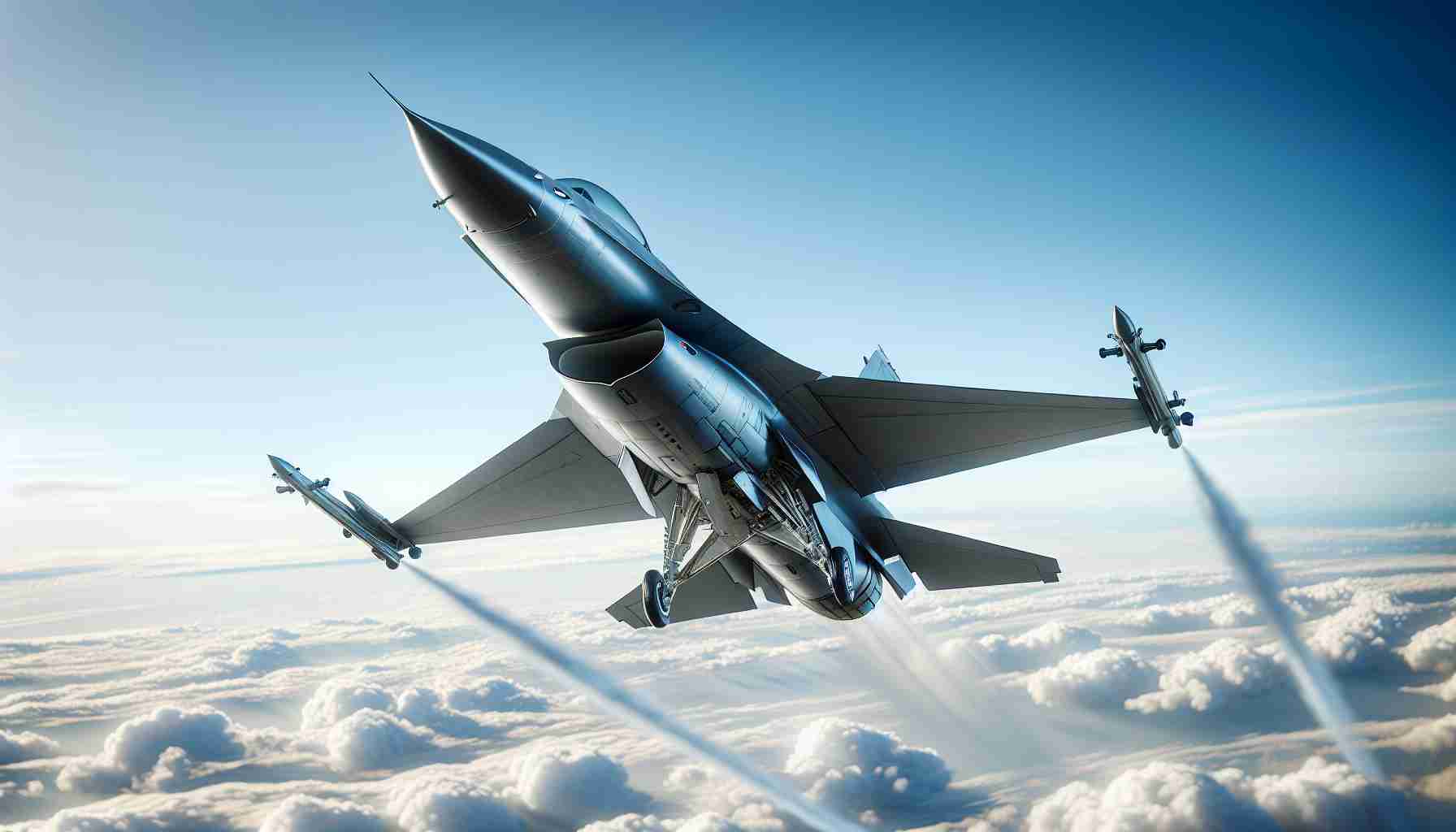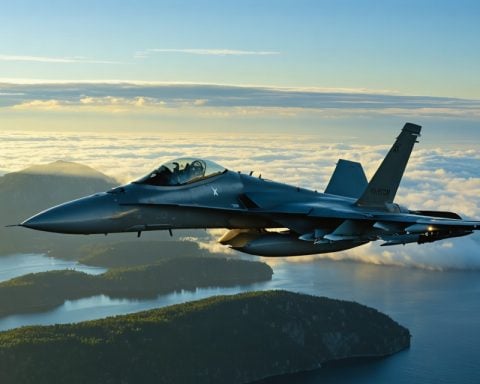- The Lockheed Martin F-35 Lightning II is redefining aerial combat with its stealth and advanced capabilities.
- Equipped with cutting-edge sensors, it offers pilots a complete 360-degree battlefield view, enhancing situational awareness.
- The aircraft’s three variants cater to diverse military needs, including conventional, short takeoff, and carrier operations.
- Networked warfare capabilities enable the F-35 to share real-time data with other aircraft and command centers, optimizing mission outcomes.
- Despite its high development costs, the aircraft’s strategic advantages and advanced features justify the investment.
- The F-35 is integral to international defense, strengthening alliances and securing air supremacy.
- Ongoing enhancements focus on improving cybersecurity, ensuring the F-35 remains a leader in military innovation.
The skies are becoming the stage for unprecedented innovation, with one aircraft standing above the rest—the Lockheed Martin F-35 Lightning II. As 2024 unfolds, this stealthy marvel of engineering is redefining the rules of aerial combat with its groundbreaking capabilities.
Imagine a jet crafted to blend into the sky and cloak itself from enemy radars, while being a powerhouse of speed, agility, and destructive potential. The F-35 achieves this spectacularly, taking military aviation into a new era. Designed as a fifth-generation multirole stealth fighter, the F-35 has become a key asset for air forces worldwide.
What sets the F-35 apart? It boasts advanced stealth features and an arsenal that can dominate any combat scenario. Fitted with cutting-edge sensors, pilots enjoy a full 360-degree view of the battlefield, granting them unparalleled situational awareness. The aircraft is versatile, coming in three variants tailored to different military needs, including conventional, short takeoff, and carrier operations.
A remarkable aspect of the F-35 is its role in networked warfare, connecting with other aircraft and command centers to share real-time data, optimizing mission success. Despite criticisms surrounding its costly development, supporters argue that its superior capabilities make it worth the investment, promising unmatched strategic advantages.
Adopted globally, the F-35 not only fortifies national defense systems but also reinforces international alliances, becoming a crucial player in the race for air supremacy. Developers continue to enhance its security features to safeguard it from cyber threats, ensuring the F-35 remains at the forefront of military innovation.
As nations strive to dominate the skies, the F-35 Lightning II emerges as a beacon of modern warfare, showcasing what’s possible when technology and engineering meet ambition.
Why the Lockheed Martin F-35 Lightning II is Transforming Modern Warfare
The F-35’s Impact on Global Air Forces: New Developments and Insights
The Lockheed Martin F-35 Lightning II stands as a pinnacle of aviation technology, redefining the future of aerial combat with its unparalleled capabilities. As we delve into 2024, we explore the innovative aspects, market influences, and strategic significance of this groundbreaking aircraft.
1. What Are the Key Innovations in the F-35 Lightning II That Set It Apart?
The F-35 Lightning II distinguishes itself with several groundbreaking innovations:
– Advanced Stealth Technology: The F-35’s design minimizes its radar signature, making it virtually undetectable by enemy systems. This stealth capability is a game-changer in military strategy, allowing it to perform missions undetected.
– Comprehensive Sensor Suite: Equipped with advanced avionics, the F-35 provides pilots with a 360-degree view of their surroundings, enhancing situational awareness and decision-making.
– Networking and Data Sharing: In the context of networked warfare, the F-35 connects seamlessly with other aircraft and command centers, sharing real-time data to optimize mission outcomes.
– Variant Flexibility: Available in three variants (F-35A, F-35B, and F-35C), each tailored for specific military uses—from conventional airstrips to aircraft carriers.
2. What Are the Pros and Cons of Investing in the F-35 Program?
Pros:
– Enhanced Combat Capabilities: The F-35 is armed with a comprehensive weapons suite, offering dominance across various combat scenarios.
– Force Multiplier: Incorporates cutting-edge technology that multiplies the effectiveness of military operations.
– Global Adoption: Bolsters defense collaborations among allied nations, reinforcing strategic partnerships and international stability.
Cons:
– Development Costs: Criticized for exceeding budget expectations, leading to debates about cost-efficiency versus strategic gains.
– Cybersecurity Concerns: As an advanced technological platform, it requires constant updates and enhancements to defend against evolving cyber threats.
3. What Are the Predictions for the Future Use of the F-35 in Air Forces Worldwide?
– Market Growth: As geopolitical tensions rise, the demand for advanced military aircraft like the F-35 is expected to increase, driven by nations seeking to secure air superiority.
– Technological Enhancements: Continued upgrades in avionics, stealth, and armament systems will maintain the F-35’s competitive edge.
– Sustainability and Efficiency Improvements: Future enhancements are likely to focus on reducing environmental impact and improving fuel efficiency, aligning with global sustainability goals.
Further Insights
The F-35 provides strategic advantages through its combination of stealth, firepower, connectivity, and versatility. Its network-centric warfare capability marks a significant leap in military innovation, engaging with strategic defense systems globally.
For more on Lockheed Martin and its developments, visit the Lockheed Martin website.







